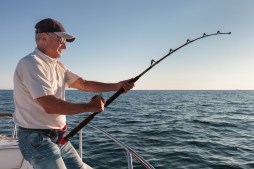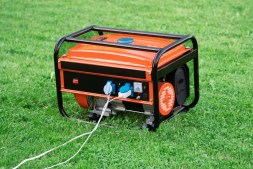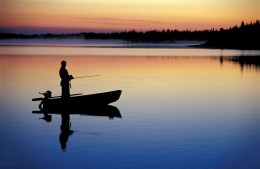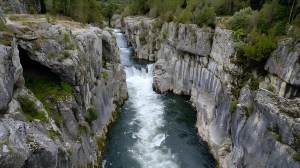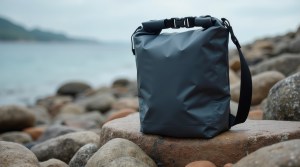Mastering Bottom Fishing: Effective Strategies for Catching Big Fish
Bottom fishing is a popular technique among anglers looking to reel in big fish. Whether you’re fishing from a boat or the shore, mastering bottom fishing strategies can significantly improve your chances of landing that trophy catch. In this article, we will explore effective methods and tips for successful bottom fishing to help you become a more skilled angler.
Understanding Bottom Fishing
Bottom fishing involves targeting fish species that dwell near the ocean floor. This method is particularly effective because many larger fish, such as grouper and snapper, prefer these depths where they find abundant food sources. Understanding the habitats of these species is essential for successful bottom fishing. Look for rocky structures, reefs, and underwater ledges where big fish often hide.

Choosing the Right Gear
Having the proper gear is crucial when it comes to bottom fishing. A sturdy rod with enough backbone to handle large catches is essential, as well as a reel with a strong drag system. Use braided line for its sensitivity and strength; 50-80 lb test line is common for big fish. Additionally, choose suitable hooks and weights based on your target species and water depth—usually heavier weights are necessary in deeper waters to keep your bait on the bottom.
Selecting Effective Bait
The type of bait you use can make or break your bottom fishing experience. Live bait such as shrimp, squid, or small fish tends to attract larger predators effectively. However, frozen baits can also work well if fresh options aren’t available. It’s important to match your bait size with that of the target species; bigger baits generally attract bigger fish. Experimenting with different types can help determine what works best in specific locations.
Timing Your Fishing Trips
Timing plays a vital role in successful bottom fishing trips. Early mornings and late afternoons tend to be prime times when many fish are most active feeding near the surface before diving back down during midday heat. Additionally, consider tidal movements; many anglers find that periods leading up to high tide can yield great results as fish move closer to shore searching for food.
Practicing Patience and Persistence
Lastly, patience is key in bottom fishing—don’t be discouraged by slow days or missed bites. Staying focused on technique—such as feeling for bites through your rod—can lead to success over time. Consistency pays off; frequent outings will help you learn about local conditions and improve your skills further while building confidence in your ability to land big catches.
By applying these strategies—understanding habitats, using appropriate gear and bait, timing your trips wisely, and maintaining patience—you’ll be well-equipped to master bottom fishing techniques that result in substantial catches. So grab your gear and get ready for an exciting day on the water.
This text was generated using a large language model, and select text has been reviewed and moderated for purposes such as readability.

